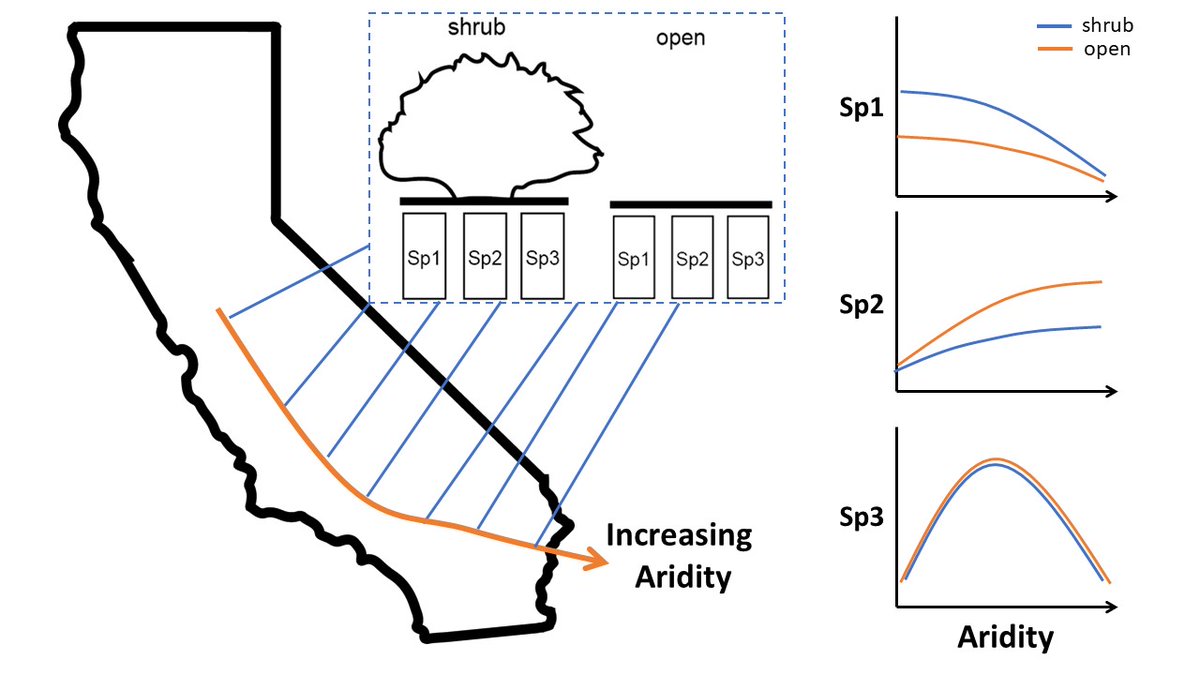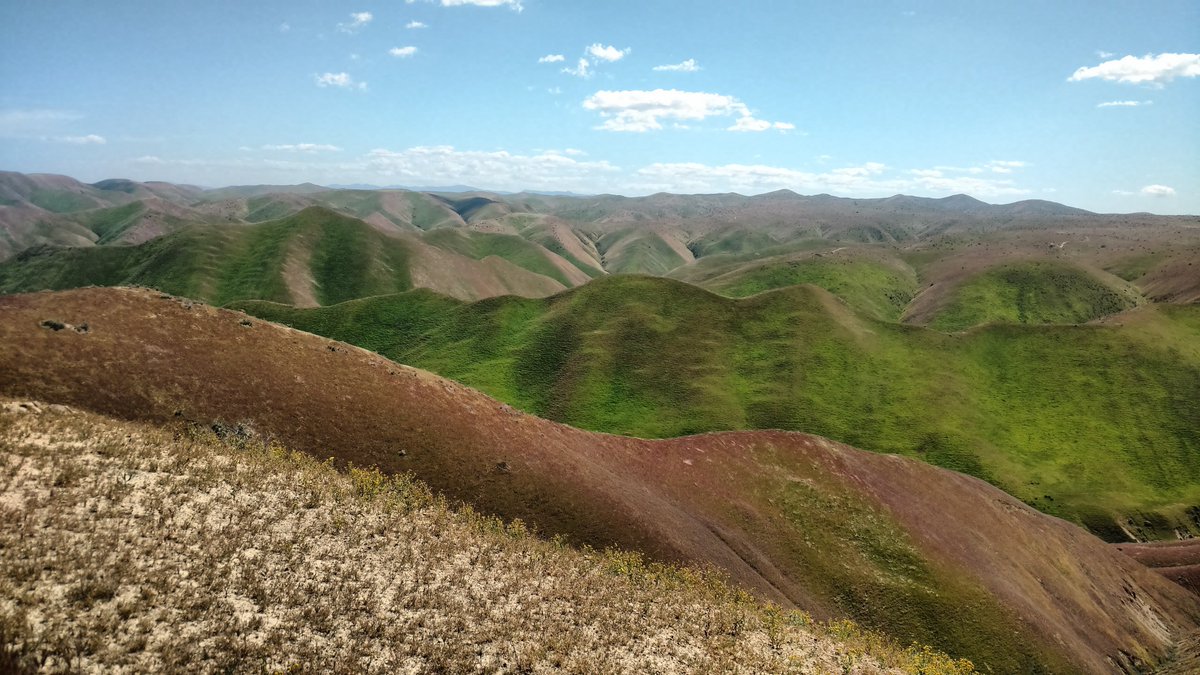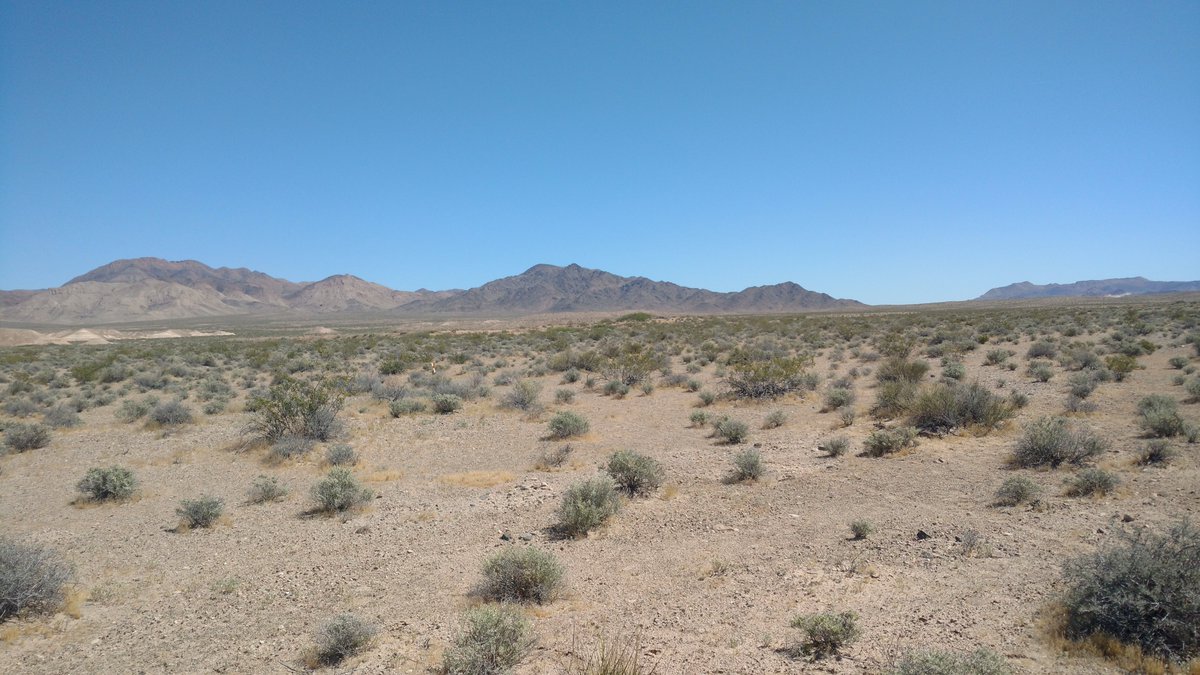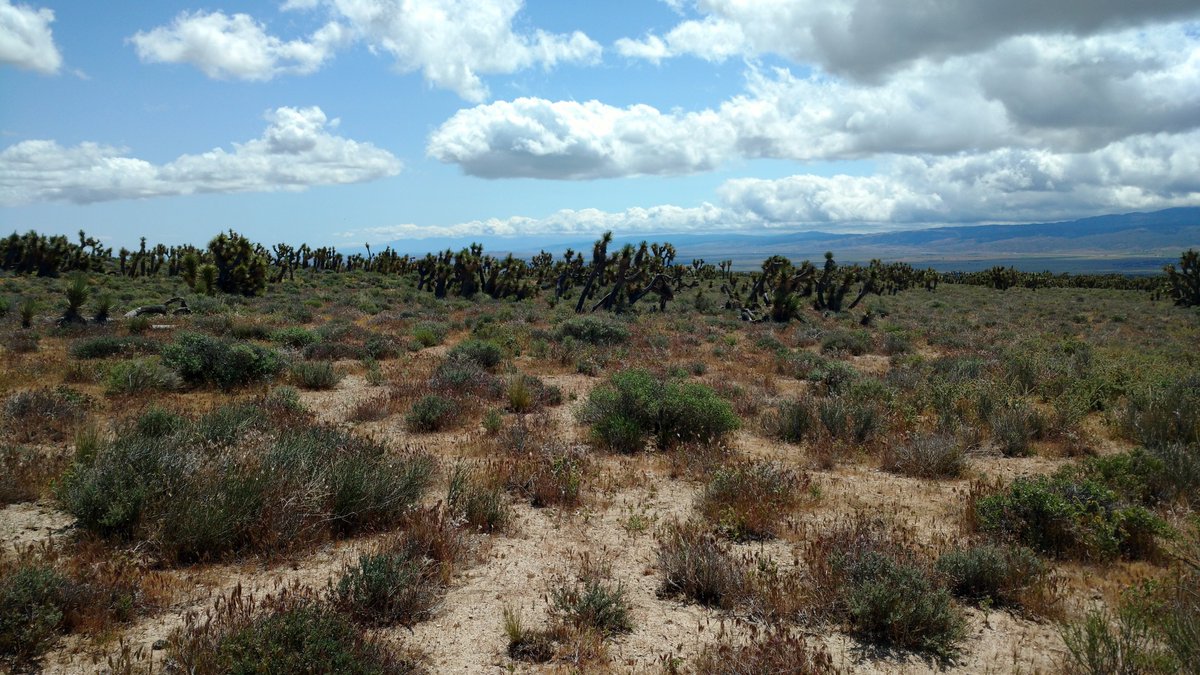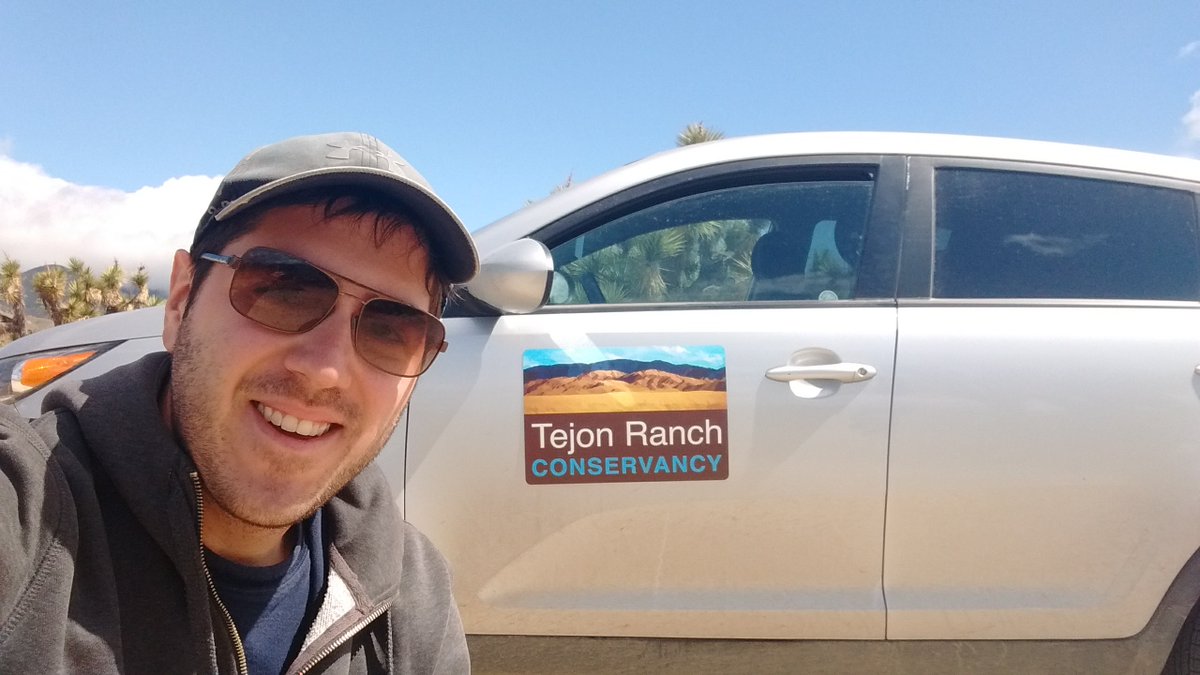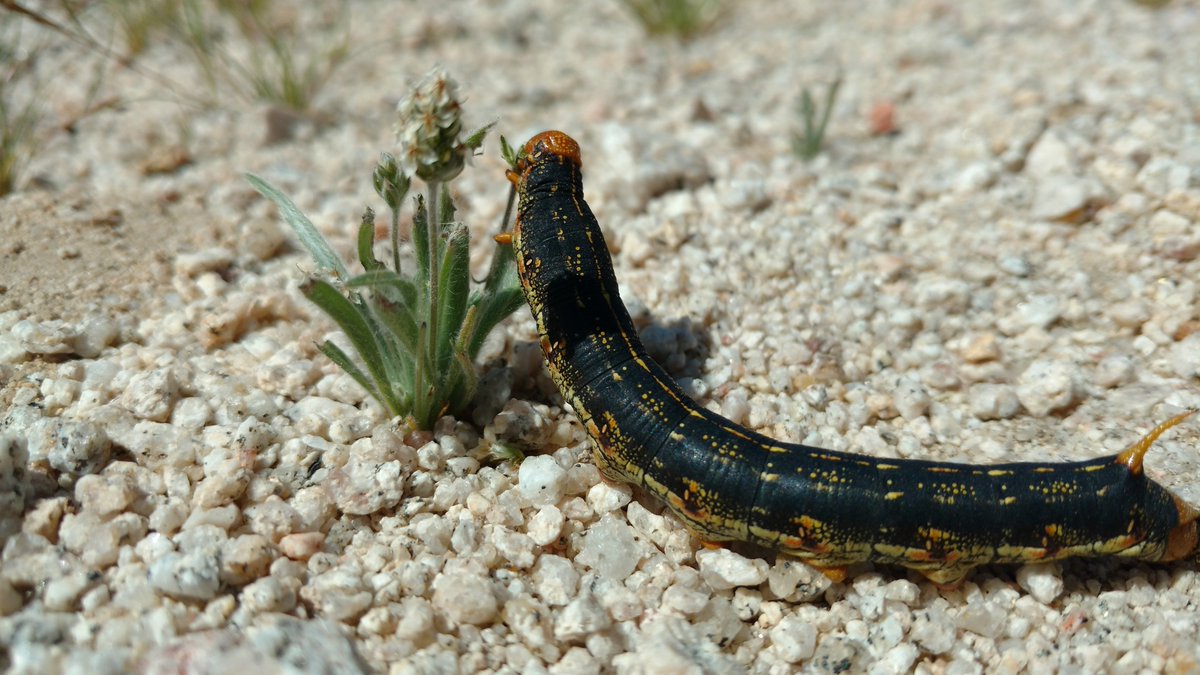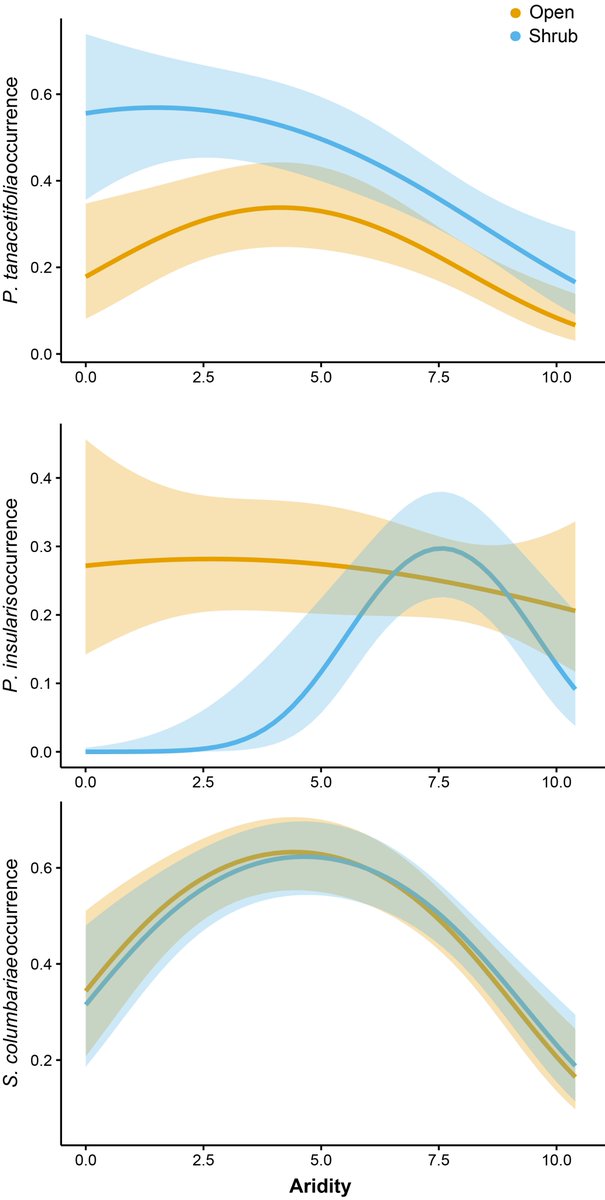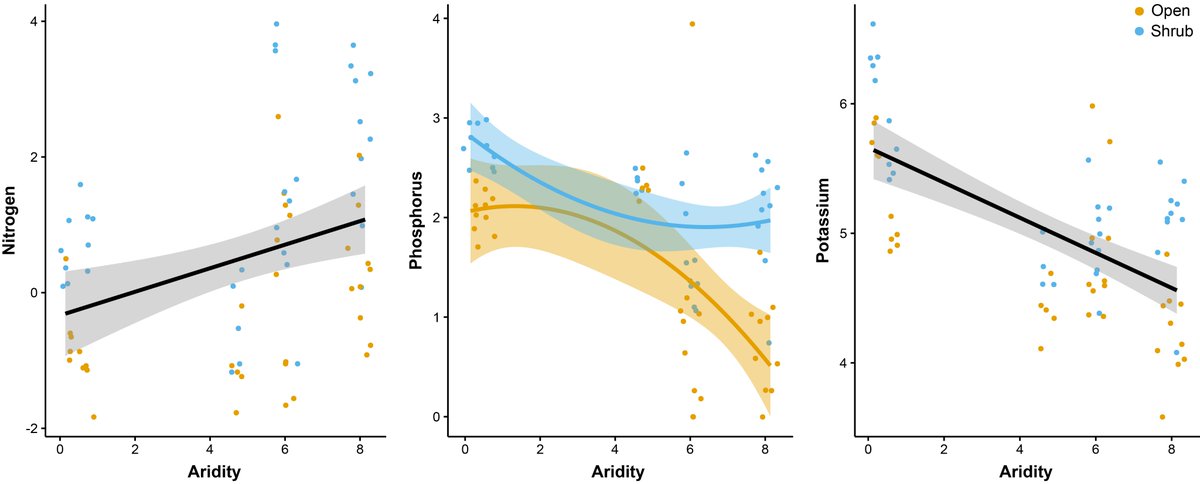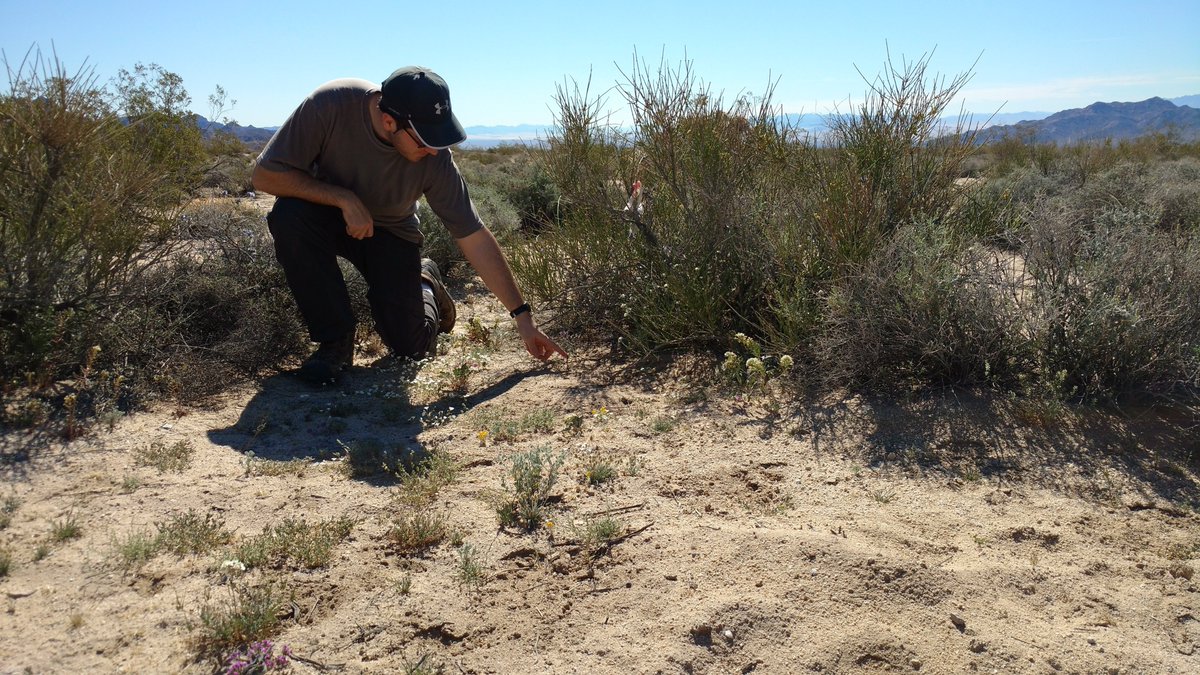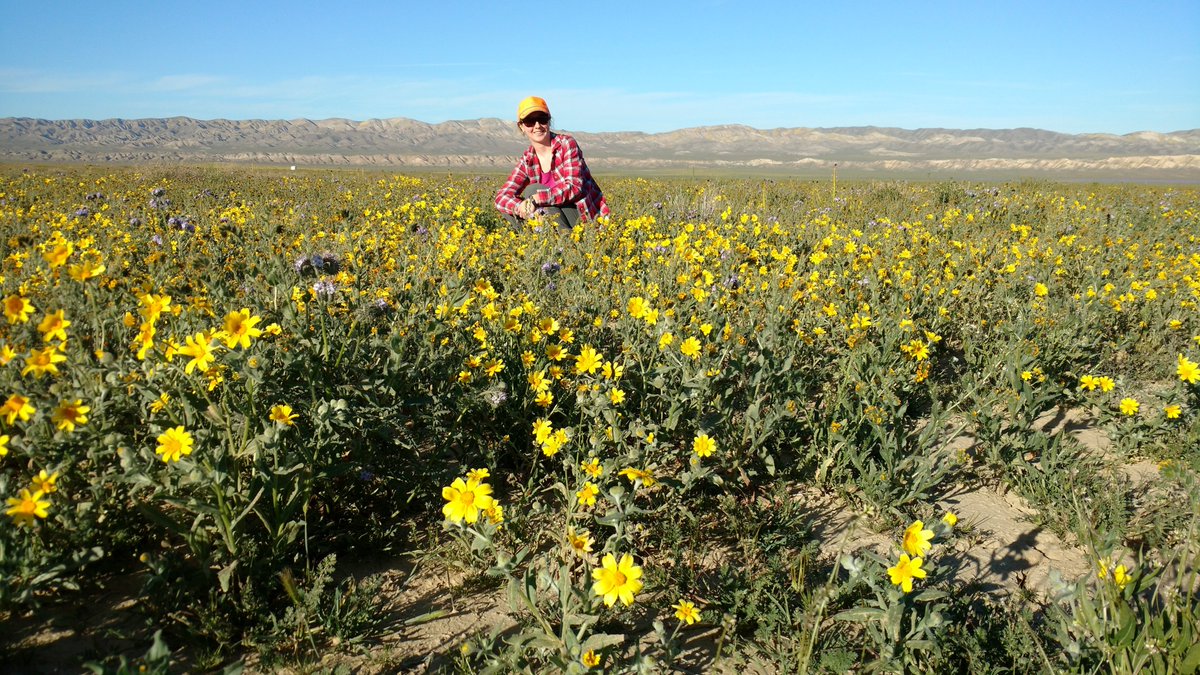Whew! Our paper is out examining plant interactions across deserts in California @JVegSci @cjlortie @mfwestphal
https://onlinelibrary.wiley.com/journal/16541103">https://onlinelibrary.wiley.com/journal/1...
https://onlinelibrary.wiley.com/journal/16541103">https://onlinelibrary.wiley.com/journal/1...
I& #39;ve called this the "Swan Song" of my graduate work, but it was an incredible amount of work and challenging from beginning to end.
The experiments starts up at Panoche Hills, east of SF and in the central valley. I had been working out here for a few years already. Not pictured here, loads of Ephedra
Heading Southeast means increasing continental and also aridity. All these sites had loads of Ephedra shrubs and became increasingly drier and with greater temperature variation. Here are what some looked like
One property is owned by the Tejon Ranch Conservancy - a huge 270,000 acre property on the boundary between the San Joaquin and Mojave Deserts
Our goal? See if the way plants interact shift with such a large climatic pattern as a proxy for potential changes in aridity in the future
We seeded 3 plant species at each site. By controlling which plants were there, we aimed to get a better signal of plant responses. Here is one of my plants (Plantago) being eaten by a hungry caterpillar
What we found is that species-specific responses are idiosyncratic. Some like shrubs, some avoid shrubs, some don& #39;t care.
When scaled up to look at the whole community - we notice shrubs favour biomass/abundance, but can reduce diversity. In particular, they can favour exotic grasses
At the most extreme arid sites this falls apart. Often no difference
I talk a lot in the paper about reasons for these patterns and go into details about the abiotic conditions. Long for a Twitter thread but here is plot of differences in nutrients we observed
Now the challenges. This paper is tough. We actually did the experiment 3 years, but only 2 years made it into the paper because drought in year 1 killed all my plants
The logistics of visiting all these sites was also difficult at times. Each was almost a day away from any rest spot. Involved some sleeping in cars, early mornings, or late nights.
The weather also didn& #39;t always co-operate. Rain in the wet season, dust storms in the dry season
The peer-review process was also very critical. The term "not novel" was thrown around more times than I& #39;d like to admit. For a sense of that journey, the experiment was completed in May 2017 and written three months later
However, I made it through! And that is in no small part too all the people that helped me through. In addition to the team, huge thanks to @aliczner for all the fieldwork help and endless measuring of shrubs
Also many thanks to @jleebraun @allyruttan @GreyValleySlmbr and so many others who helped throughout the fieldwork process

 Read on Twitter
Read on Twitter